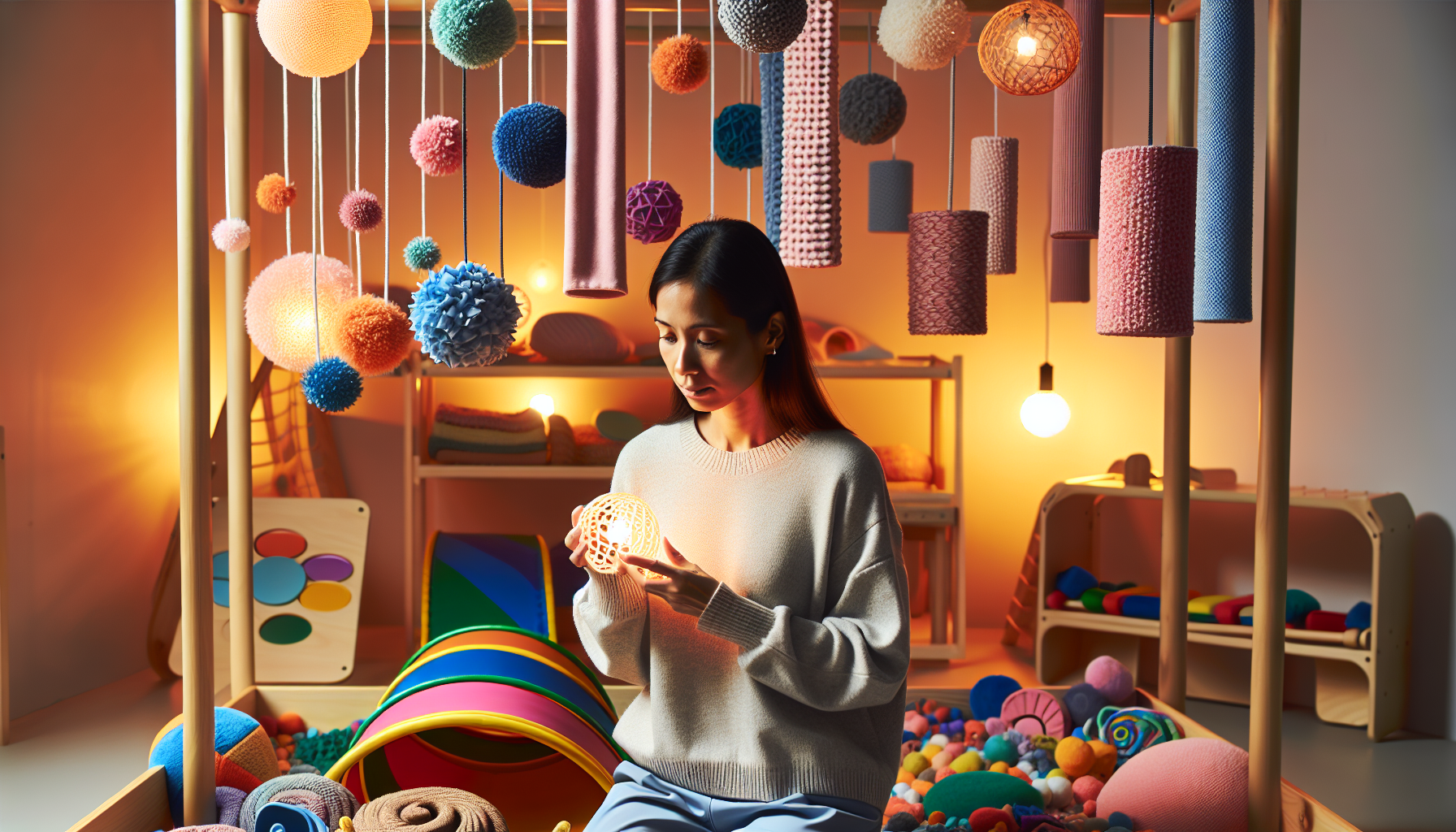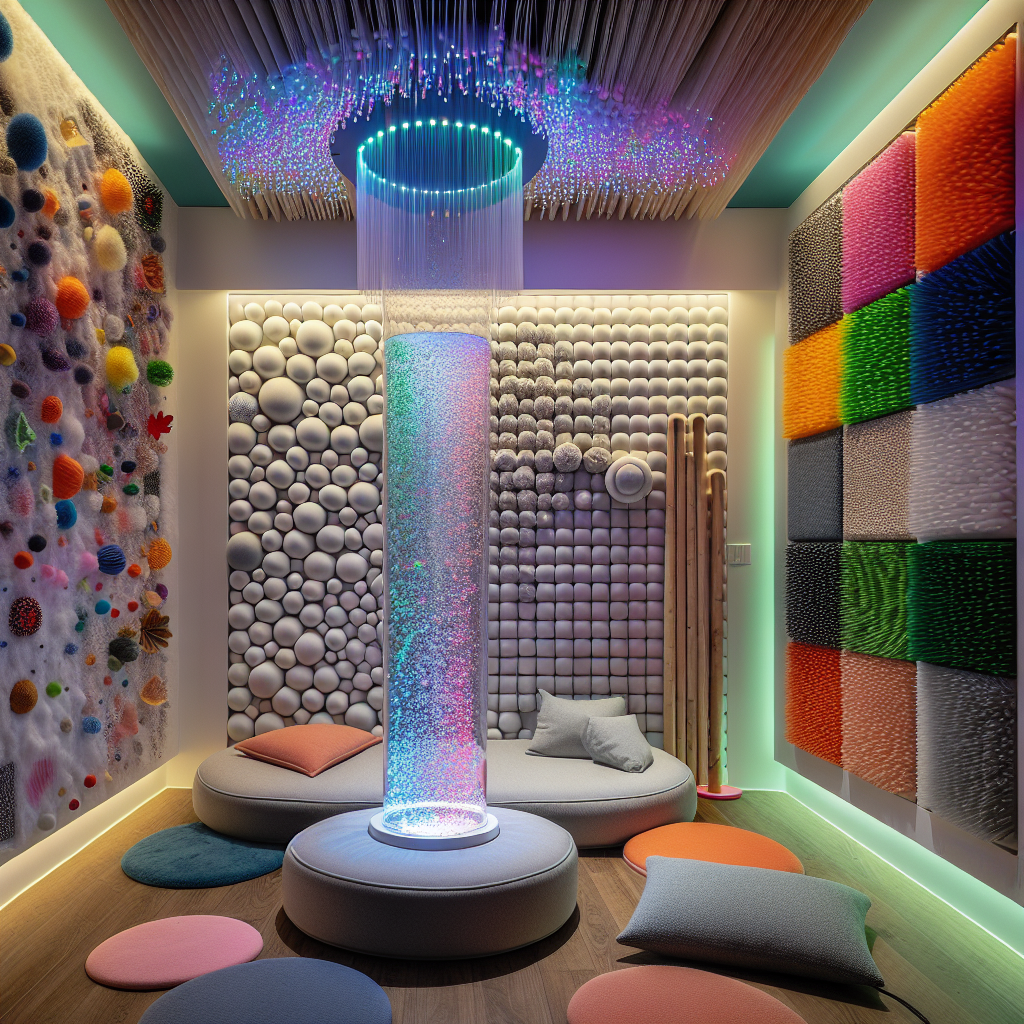Sensory Processing Disorders (SPD) are conditions where the brain has trouble receiving and responding to information that comes in through the senses. This can lead to challenges in performing countless everyday tasks. Fortunately, technology has stepped in to offer various solutions to help manage and mitigate the effects of SPD, making daily life more manageable and enjoyable for those affected.
Understanding Sensory Processing Disorders
SPD can affect one sense like hearing, touch, or taste, or it can affect multiple senses. People with SPD might be over-sensitive to things in their environment, such as bright lights or the feel of clothes on their skin. Others may be under-sensitive to sensory stimuli. For instance, they may not perceive pain in the way others do or may seek out intense sensory experiences to feel more "connected" with their environment.
The impact of SPD can significantly affect daily functioning, social interactions, learning, and overall quality of life. It’s a condition often associated with other neurological conditions such as autism spectrum disorders, ADHD, and learning disabilities. To support those with SPD, it is crucial to create environments and use tools that cater to their unique sensory needs.
Technological Interventions for Sensory Processing
Sensory Integration Tools
Sensory integration tools are designed to help individuals with SPD to process sensory information more effectively. These can include tactile materials, weighted blankets, and therapy swings. Such tools are used in sensory integration therapy, an approach where therapists help children with SPD experience and tolerate sensory stimuli in a structured and repetitive way.
Assistive Devices
Assistive devices such as noise-canceling headphones or glasses with specially tinted lenses can make the world more manageable for those with auditory or visual sensitivities. They can be used in various environments to minimize sensory overload and help individuals focus on tasks at hand.
Digital Applications
There are numerous applications available for smartphones and tablets that can aid in managing sensory sensitivities. These might include apps that filter out certain frequencies of sound for those with auditory processing difficulties or ones that provide sensory activities to help with self-regulation.
Virtual Reality (VR) and Augmented Reality (AR)
VR and AR technologies are emerging as powerful tools for sensory processing therapy. They can create controlled environments where individuals can engage with sensory stimuli in a safe and manageable way, allowing them to develop coping mechanisms at their own pace.
For more detailed insights into sensory health and its broader implications, visit our comprehensive guide on sensory health.
Creating Sensory Friendly Spaces
One of the key aspects of managing SPD is creating environments that are sensory-friendly. This can include both private spaces such as homes and public spaces like schools and offices. The design of these spaces often incorporates elements that reduce sensory overload, such as quiet zones, low lighting, and minimalistic decor.
Sensory Rooms
Sensory rooms or multi-sensory environments are specially designed spaces that can help people with SPD calm and focus themselves. These rooms include a variety of sensory equipment and activities that can be customized to each individual’s sensory needs. For those interested in implementing such a space, exploring sensory room design and implementation can provide valuable insights.
Integrating Sensory Diets
A sensory diet is a personalized activity plan that provides the sensory input a person needs to stay focused and organized throughout the day. Just like we need a balanced food diet, a sensory diet provides a balanced range of sensory activities that is specific to the individual’s needs.
Personalized Activities
The activities included in a sensory diet might involve heavy work, deep pressure, proprioceptive input, vestibular input, or tactile experiences. These activities are designed to help with self-regulation and can be integrated throughout the day to help individuals manage their sensory processing needs.
For those looking for tailored exercises, effective sensory diet exercises for various ages may offer a starting point for developing a sensory diet that fits an individual’s unique requirements.
The Role of Multisensory Learning
Multisensory learning environments can greatly benefit individuals with SPD. These environments engage more than one sense at a time, which can help in the processing of sensory information and improve learning outcomes. Incorporating strategies from multisensory learning environments can significantly enhance the educational experience for those with sensory processing challenges.
External Resources for SPD Support
To further support those with SPD, here are some niche and specific resources that provide additional information and assistance:
- The STAR Institute for Sensory Processing Disorder offers resources on SPD research and treatment strategies. Learn more about their programs and services.
- Understood.org provides a rich resource for parents and educators on learning and attention issues, including sensory processing issues. Explore their materials on sensory processing.
- The Sensory Processing Disorder Foundation focuses on research and education concerning SPD. Discover their latest findings and resources.
- The International Society for Autism Research (INSAR) has research and articles on sensory issues associated with autism. Read about their findings on sensory challenges in autism.
- Sensory Integration Education provides training and resources for those interested in learning more about sensory integration therapy. Check out their educational offerings.
Conclusion
Living with Sensory Processing Disorder presents unique challenges that affect many aspects of life. However, with the advent of technology and innovative approaches, there are more tools and strategies available than ever to help individuals manage their sensory experiences. From sensory integration tools to digital aids and specialized environments, these technologies can make a significant difference in the lives of those with SPD.
Creating supportive, sensory-friendly spaces, whether at home or in public venues, is essential. Incorporating a sensory diet tailored to individual needs can provide structure and support for those with SPD. As we continue to explore and understand the intricacies of sensory health, the potential for new technologies and strategies to improve the lives of those affected by SPD is vast and ever-expanding.



